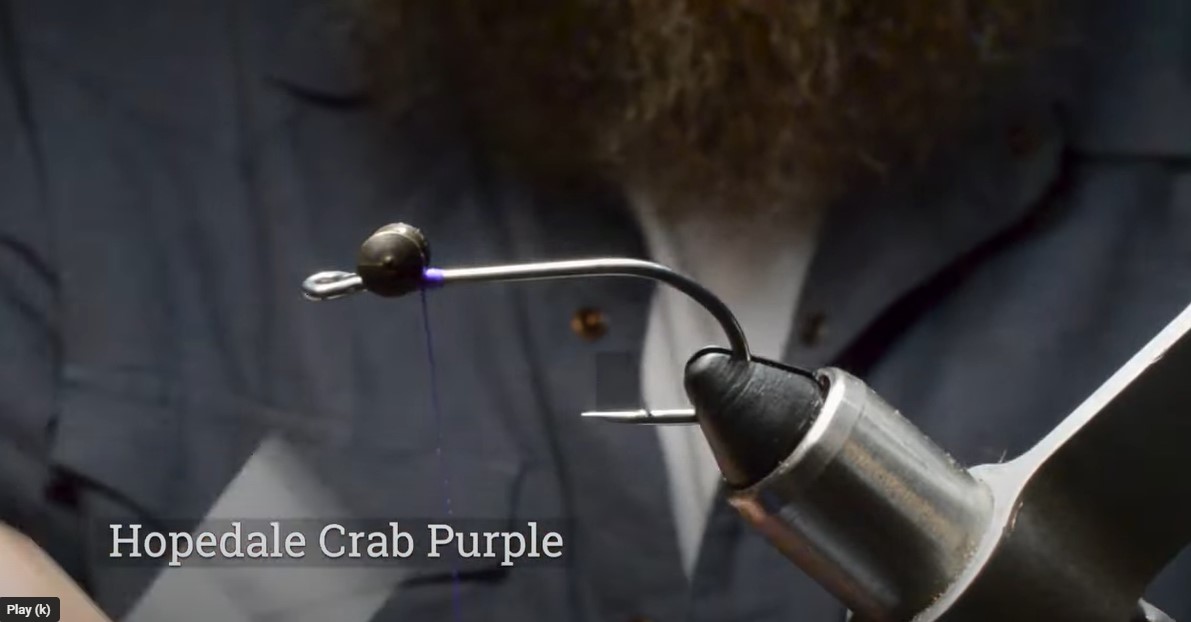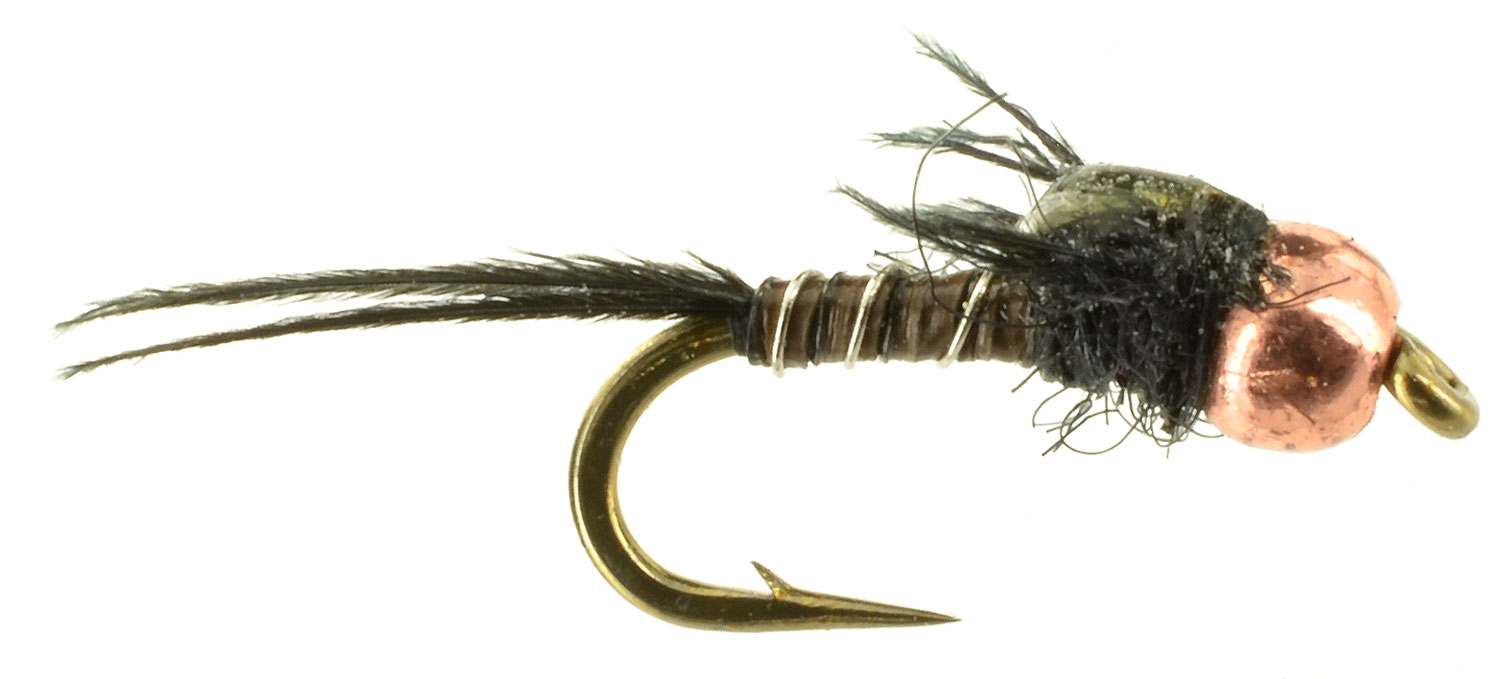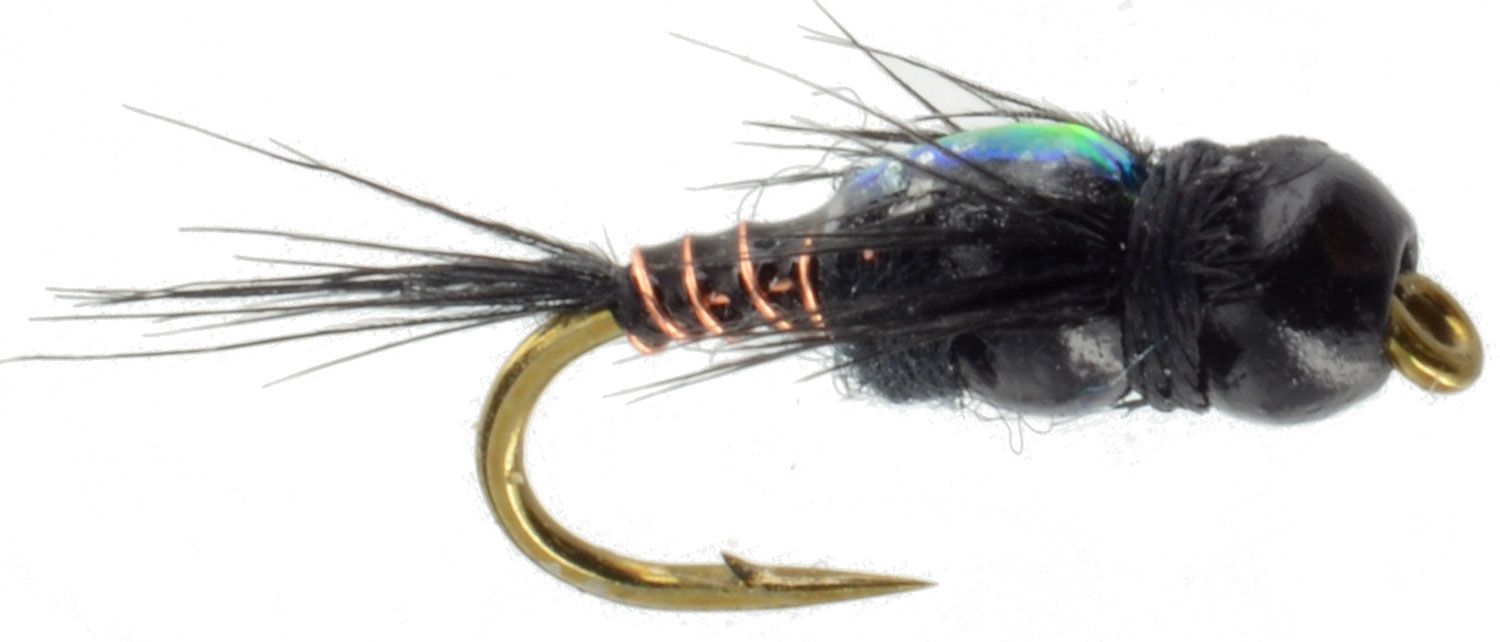Designing Fly Fishing Flies – Wandering Around the Right Way
How are fly fishing flies designed? Foundations and three paths of creativity.
by Chris N • February 04, 2023 in Fly Tying Videos, Fly Fishing Tips and Techniques
We’ve spent a good number of hours behind the vice, and we enjoy it immensely. Along the way, we’ve come up with a few ideas and variations that have put fish in the net. We’ve also developed tricks and habits that make tying either easier or quicker for us. These things happen somewhat naturally when you do something for long periods of time.
But fly design doesn’t just happen sitting behind a vice. Charlie Craven is perhaps the most creative fly tyer of our time. His knowledge and insight into how materials fit together on a hook blows our little fish brains. At the end of the day, we tie feathers and other materials on a hook with thread with the hope of fooling fish. Seems simple. And fun. That said, there’s a lot of creative genius and time invested into these combinations of feathers and hooks. We are grateful that folks share these journeys of creative genius with us, either through books or by posting step-by-step videos on the web.
Fly Design Process
At a very high level, fly design typically happens through an iterative process. The specific path can vary – which we discuss below – but the following three elements are at the foundation of all fly design:
- Time sitting at the vice. Beyond honing tying skills and techniques, spending time behind the vice improves one’s knowledge of how different materials behave and work together…or not.
- Time out on the water. We’d be able to give away a lot of money if we had a dime for every half-baked, late-night fly that came off our vice...byproducts of aimlessly wandering through a process of tying one pattern after another, making small change after small change while not testing anything but perhaps the final fly. Sitting at the vice isn’t enough. It is necessary, but not sufficient. Like all good innovation, application and iteration are keys to having a eureka moment. There’s a concept within innovation circles that promotes getting a "minimally viable product" (the MVP) to market as quickly as possible. While far from the final product, the MVP has just enough form and functionality to get the point across while also being quick to market. Also included in this idea is that consumers have valuable insights and feedback to offer about how much time should be spent on developing new features in the final product. Pretty smart, especially with things like 3D printers and web hosting services that make it easy to test a new product or service quickly and inexpensively. Closely related to this MVP idea is that testing, improving, taking steps backward, and being willing to experiment all lead to a better product. The MVP, then, is really just the launching point for iteration. Sounds a lot like fly design. And, lucky for all of us, our iterations are days on the water. Beyond testing existing ideas, being out on the water also creates lots of opportunities to experience needs…maybe a fly doesn’t float well enough, perhaps it doesn’t sink quickly, maybe too much split shot repeatedly spooks fish. These are key moments for designing new flies, and they don’t happen sitting behind a vice.
- Having an open mind. The ability to mix materials and techniques leads to collisions that underpin some of the best flies of today. More below.
Here are three different flies – each has put more fish in the net than we can count – with three different paths of development and fly design inspiration.
Three Paths to Greatness
Jujubee Midge – An Unsuspecting Collision
As he explains in Charlie’s Fly Box, “I was feverishly tying up a last-minute batch of barracuda flies for an upcoming trip to Belize….I had a tied a long hank of Chartreuse Super Hair to the bend of a 3/0 hook…to this day I clearly remember wrapping the bobbin forward over the hook shank when a single strand of that Super Hair tail caught up in the thread and got twisted up the shank.” Lighting strikes! He goes on to explain, “what was first an annoyance with my sloppy technique quickly…changed both the rest of my evening, and in many ways, my life. I had accidentally stumbled upon using an old material in a new way.” After this lightning strike, Mr Craven went on to experiment and iterate with different techniques, different underlying thread colors, combinations of colors, different wing case designs, and hooks. Yes, lightning does strike, but it still takes a creative mind to direct that energy into something special.
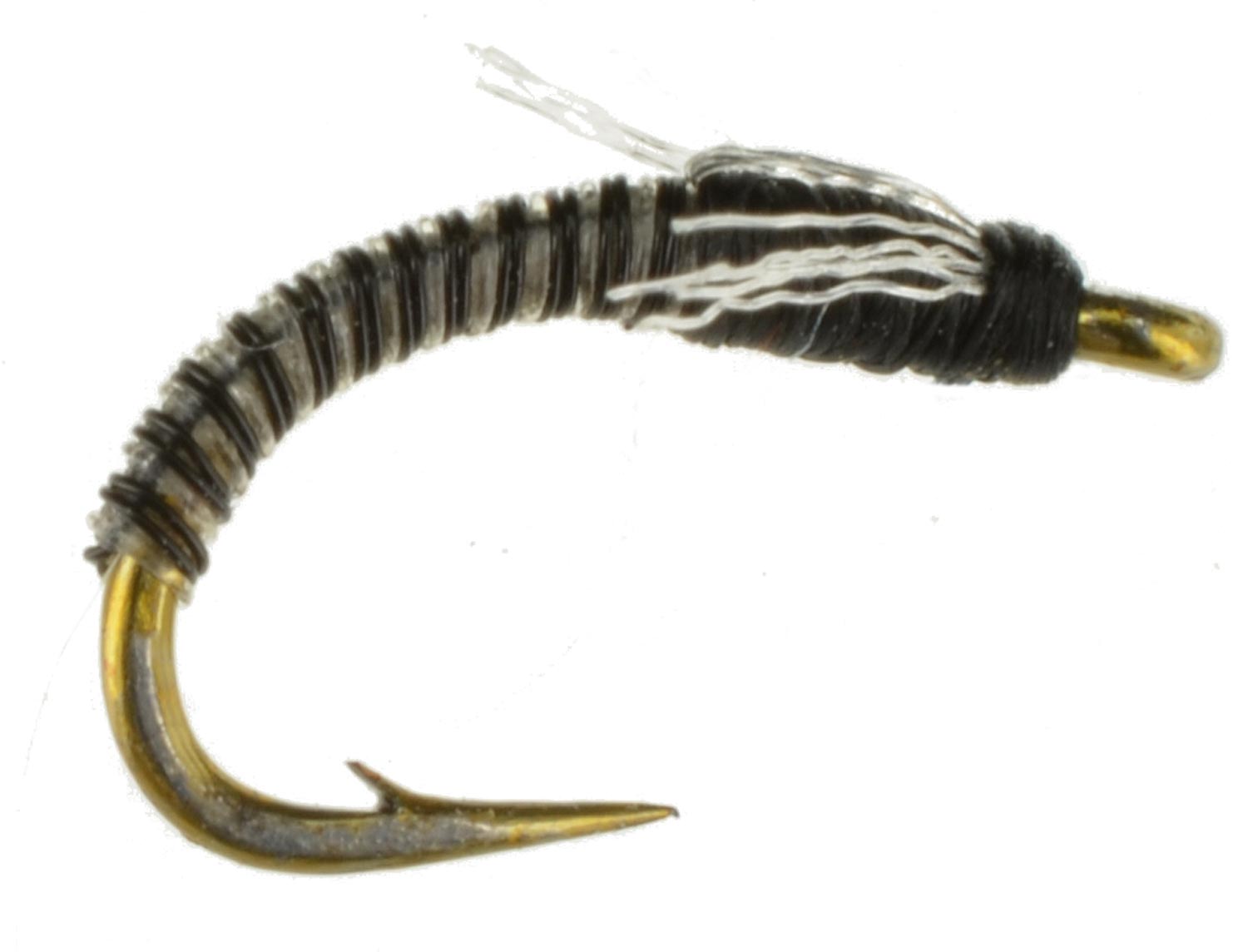
Poison Tung – Purpose Built
Sometimes, fly design is aimed at a very specific purpose. Mr Craven has said in the past that a “new” fly should solve some issue. In the case of the Poison Tung, Mr Craven was specifically after a fly that would replace a split shot; something that would sink fast and be smaller than a Copper John. Similar to a big, bushy dry fly in a dry-dropper rig (“an indicator with a hook, just in case”) the Poison Tung was built to replace the job of a split shot without spooking fish and with the upside of taking a few fish itself. As he explains, “The Poison Tung was expressly developed as a slim, heavy midge pattern to be fished with the Jujubee Midge.” Purpose built.
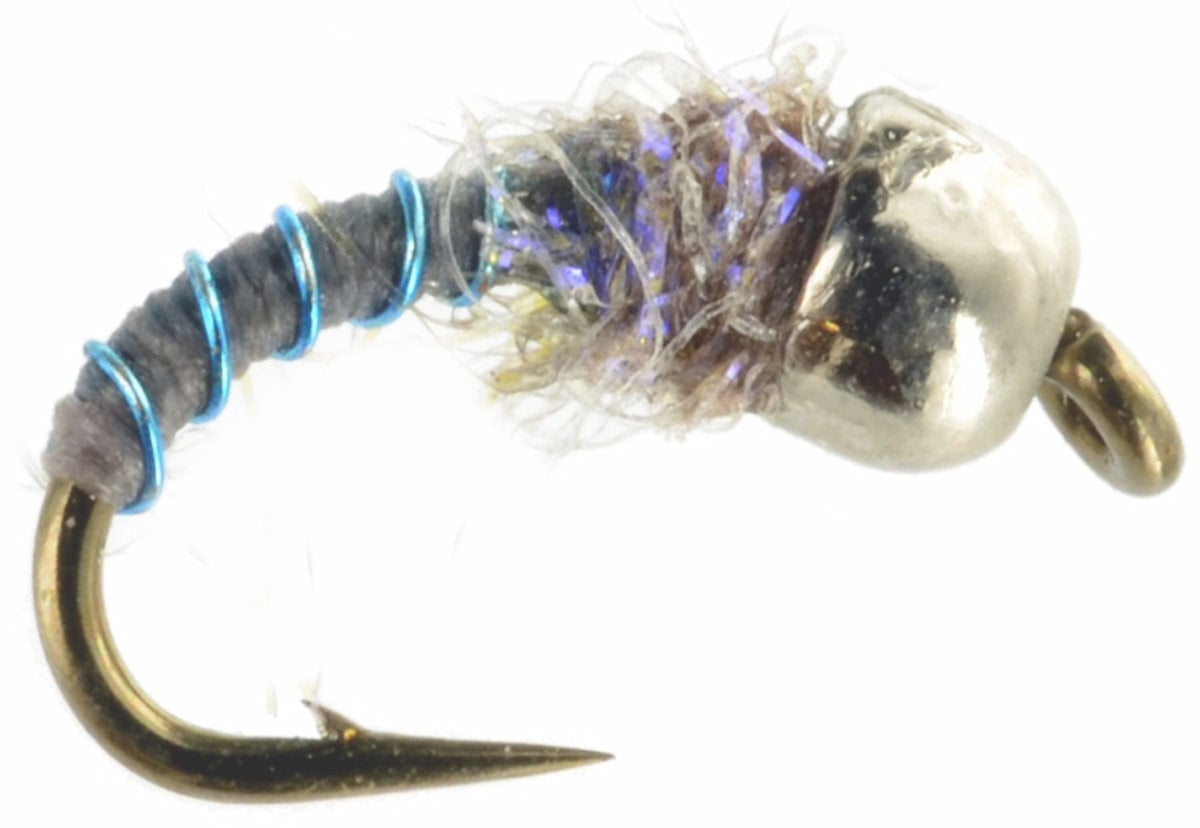
Two Bits – The 3M Approach
As Mr Craven tells the story, he was riding home from a very successful day fishing when his buddy applauded the Micro May while suggesting that it was a bit out of proportion because of the oversized tungsten bead. The oversize bead is function over form – this design gets small bugs deep, and in a hurry. This same concept is used – and even applauded – on jig flies where the same size hook can be married with various bead sizes. That said, Mr Craven’s creative fly-tying mind couldn’t let this comment go. Like 3M, this type of mind is always at work thinking of ways to improve an already killer fly. Among other tweaks, Mr Craven replaced the single, large tungsten bead with two smaller beads. Form and function.
Charlie Craven is a fly tying jedi. He’s gifted in ways that we won’t ever be. That said, he seems to work hard at it. He spends a lot of time behind the vice, he puts his ideas through rigorous testing, and he has an open mind to new materials and techniques. These elements lead to innovation and fly design via numerous paths. We hope by continuing to wander around using these guiding principles that we stumble upon some of these paths. If not, that’s ok, we like wandering around just for the sake of wandering.
PS. In an effort to grow our Redfish offerings, here's a clip of us tying a pattern we hope to have this year. This is a pattern from the mind of Ms Fordice, a creative force who is turning out some bonkers stuff.
